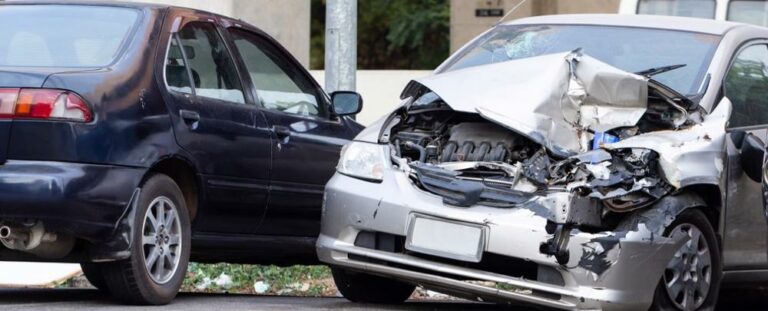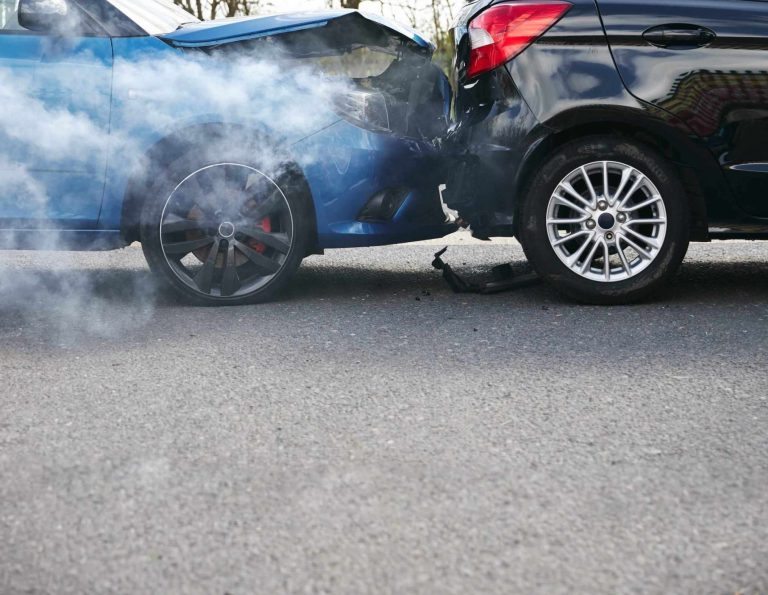Getting into a rear-end collision is a challenge because you’re definitely a victim, and it seems like there’s nothing you could have done. It’s true. There is little that you can do to avoid getting hit from behind. But, generally, safe driving practices can help to reduce the likelihood of another rear end crash.
Take these tips into action whenever you’re behind the wheel to ensure that you create the safest environment for yourself on the road. There’s little more than this that you can do, but some of these tips can help reduce the odds of a rear-end crash or help you evade a crash if you see someone coming in behind you quickly. If you are hit from behind, you should contact our Georgia car accident attorneys right away.
Always Keep a Safe Following Distance
You might have heard of using the three-second rule of thumb, which doesn’t actually help most people. Most drivers don’t have an estimate of distance traveled within a three-second count because they often don’t have something to ground themselves to. A trick to this is to count telephone poles. When you pass your first telephone pole, count for a slow three seconds, take notice of how many telephone poles you’ve passed in those three seconds. Then use that count to help ensure that you’re keeping a safe distance from the driver in front of you when traveling around 55 miles per hour.
A safe distance for drivers traveling at 55 miles per hour or more is to have 16 car lengths or about 240 ft. That is a completely unreasonable distance in most standard traffic. Imagine, 16 car lengths between you and the other person in general traffic would result in road rage and other frustrations that might also lead to accidents.
Make Your Actions Predictable
Always use turn signals or rely on hand signals if there are any issues with your lights. Additionally, take your time before making a lane change or stopping. Slowing rapidly, or making an unexpected turn would result in someone who’s following too closely to hit your vehicle. Making your actions of predictable often involves not slamming on your brakes, ensuring that your lights are in good order, and always giving ample notice before breaking or changing lanes.
However, unexpected things happen on the road. Another element to making your actions predictable is to look far ahead on the roadway. Often drivers will end up spending most of their time scanning in the two or three car lengths ahead of them. However, looking further towards the horizon can help you better prepare to drive in a more predictable fashion.
Making your actions predictable is all about being aware of your surroundings. That means knowing the posted speed limit, knowing if you’re in a school zone, and knowing when someone is following you too closely.
Brush Up Your Scanning Routine
Your scanning routine probably involves scanning the area in front of you and checking your side-view mirrors. You may, on occasion, check your rearview mirror, but most people use this when backing up. Your rearview mirror should be in the standard rotation for your scanning routine. It should look something like scanned the immediate area, scan the horizon, check the side view mirror, check the rearview mirror, check the other side view mirror.
If you see that someone is following you much too closely, and they don’t seem like they’re going to back off, consider changing lanes. Don’t get caught up, and whether this is being too passive, this is a standard defensive driving tactic. If something were to drastically change in your immediate environment and you had to stop quickly, that person would hit you. Changing lanes is not letting someone have their way; it is protecting yourself and your passengers.
After a Rear-End Collision Seek Help — Douglasville, GA Car Accident Attorneys
Seeking help? Not only are there ways to get more help than just calling your insurance company, but it’s possible to get help when it comes to handling your insurance provider. These companies often do everything possible to achieve full compensation, no matter the amount of the damages. Rear-end wrecks usually result in injuries, such as soft-tissue damage, and even brain or head trauma.
Were you injured? Were you in a crash clearly caused by the negligence of another driver? Someone who was following you closely or speeding into heavy traffic clearly didn’t have much regard for anyone else on the roadway. Get support, come visit us or call into the Douglassville, law offices of John B. Jackson.





